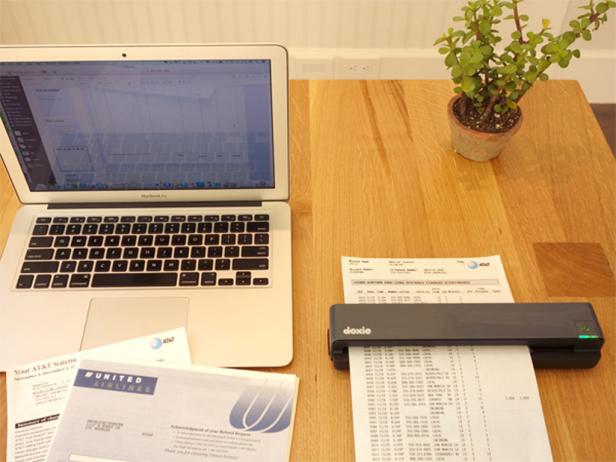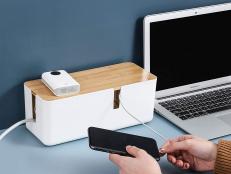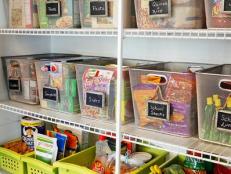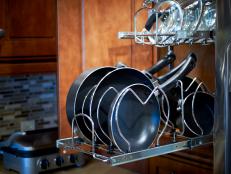Tips for Keeping Your Mail Organized

The best way to reduce the amount of mail coming into your house is to keep it from landing on a flat surface in your home, experts say.
"Toss or recycle everything you don't want before you even set it down," says Amy Trager, CPO, and a Chicago-based professional organizer and member of the National Association of Professional Organizers. "Flip through the stack from the mailbox as you're bringing it into the house.
"Ads or catalogs that aren't interesting or relevant should go straight into the can," she adds. "If you have time, open everything the day it comes in and sort how it best makes sense for your home." You can also take yourself off mailing lists that send unwanted mail. The Federal Trade Commission website offers advice on how to do this.
Another way to cut down on paper mail is to go electronic. You can sign up for e-billing and set up automatic payments for regular expenses, such as your house payment or utilities, which saves both time and paper. Some banks even offer applications that allow you to deposit checks and pay bills from your smartphone, so you can control your paper flow while on the go. Many publications offer electronic versions that not only can be read on your tablet or phone, but also offer additional features not found in the print versions.
11 Organized Home Offices
See All PhotosFor the mail that makes it into your home, it's important to develop a system that will ensure you can find what you need while keeping piles at bay, Trager says.
"Maybe each person has a designated place for their mail," she advises. "Or sort by task: things to read, things to pay, calls to make, etc. Give yourself a space limitation as well. A paper tray or magazine holder works well. If you aren't good about scheduling time to look through things, whenever the holder is full, it's time to tackle the paperwork."
These days, we can be bombarded by both paper and electronic mail. Trager says there are ways to keep email under control.
"Email is tough. It comes in even quicker than paper mail," she says. "Creating folders helps. Set your system up such that spam is filtered out well. Ads or newsletters that you might be interested in when you have the time to look at them go into separate folders.
"Try to keep your inbox to action items only,” she says. "Ideally, it would act as a to-do list. Once emails are responded to, they can be archived accordingly."
















































